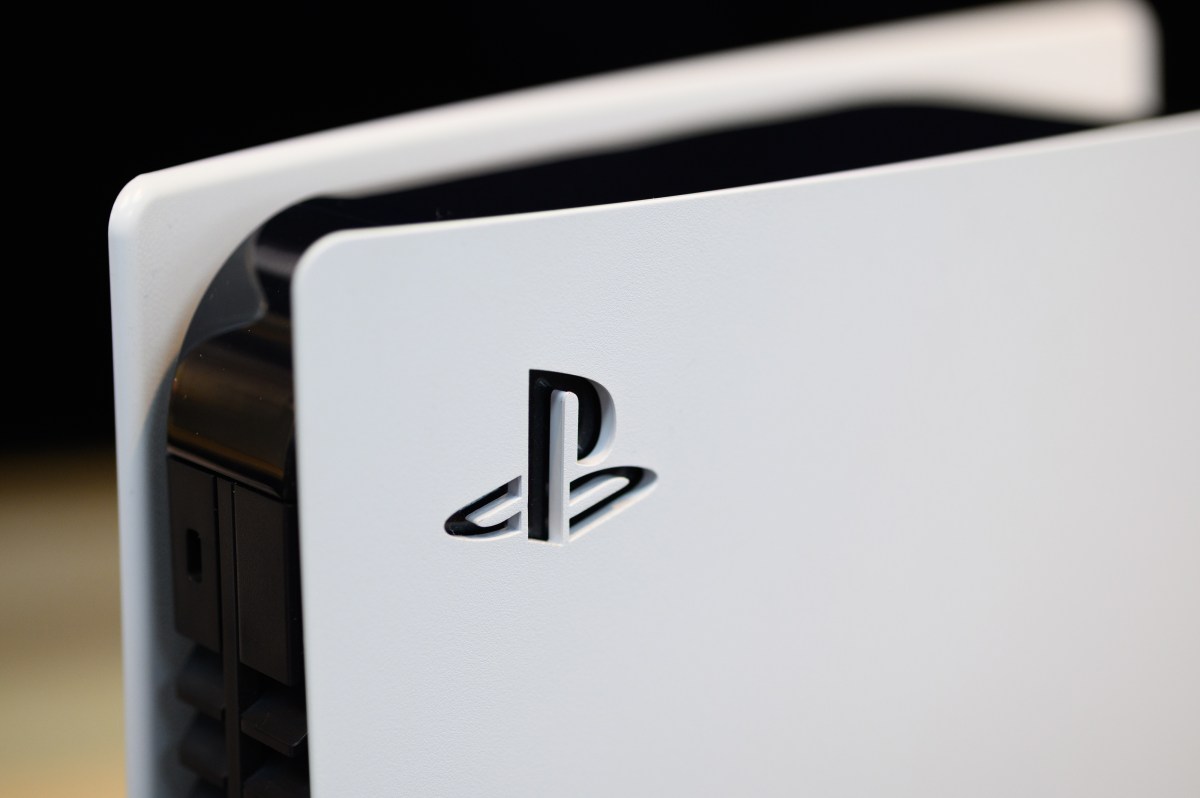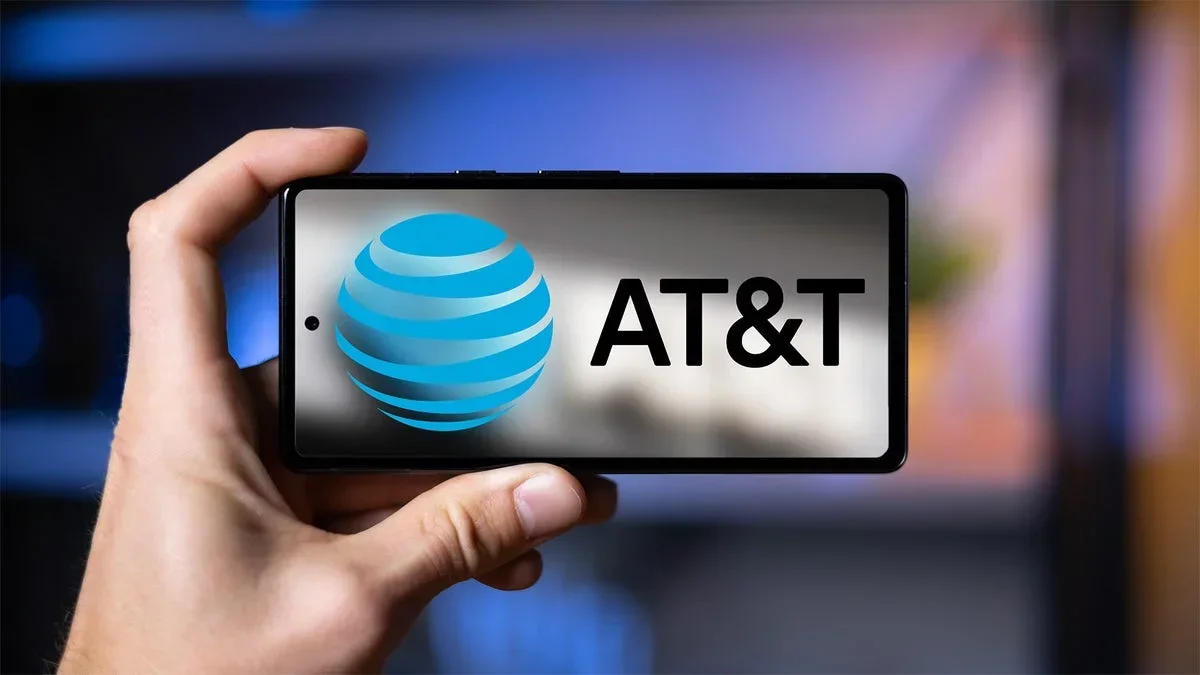TL;DR
- Google is bringing a new feature to transfer eSIM from iPhone to Android.
- The feature is expected to work both ways, allowing a seamless migration of profiles.
- It only works with devices running iOS 26, and is unlikely to work with iPhones running older firmware.
Google just unveiled the Pixel 10 series officially. While the new phones bring some welcome improvements like Pixelsnap, a more efficient chipset, and a host of new AI features, there’s one grim change that could rile up folks switching to the phones, specifically in the US. With the Pixel 10, Google is following Apple and removing physical SIM slots in favor of an eSIM.
Back in May, we spotted some hints buried in the code of Android 16 beta, suggesting that Apple may soon open up the option to transfer an active eSIM from an iPhone to an Android device. More recently, we have spotted more evidence corroborating the functionality. In iOS 26 beta’s source code, we recently saw references to a “cross-platform SIM transfer” functionality.
Since we are close to the iPhone 17 launch, which is also where we expect to see iOS 26 being released, the eSIM transfer functionality could soon be a reality. Although Google hasn’t officially confirmed this development yet, complementary strings in the code of both Android and iOS indicate that Apple and Google are collaborating to make the functionality work seamlessly.
Don’t want to miss the best from Android Authority?
From what we have learned so far, the SIM transfer functionality could be bidirectional and allow users to transfer eSIM profiles freely between iPhones and Android devices. That means, in addition to being able to transfer an eSIM from iPhone to an Android, you will also have the option to transfer it from Android to an iPhone.
Our earlier findings also reveal the different mechanisms on both sides. While on iOS, the transfer will be handled by a “Transfer to Android” feature located under Settings > General > Transfer or Reset iPhone, the Pixel 10 and other Android devices could handle it using the Android Switch app, designed to copy data to new devices during setup. On the Android side, you will be able to scan a QR code or initiate a connection session manually to enable the transfer.
One aspect to note here is that Google’s transfer screens explicitly mention that the feature requires the iPhone to run at least iOS 26 for the Android device to receive the eSIM. That means we might have to wait until the Apple event to test the functionality.
Additionally, while iOS also lets you copy eSIM profiles from an older iPhone to a new one during setup, we’re unsure if that will be functional initially or not, but we will ensure updating you once we know with certainty.
⚠️ An APK teardown helps predict features that may arrive on a service in the future based on work-in-progress code. However, it is possible that such predicted features may not make it to a public release.

Google Pixel 10
Very promising battery specs
6.3-inch display
Loaded with Google AI features

Google Pixel 10 Pro
Top-tier specs with small display
Satellite SOS
Powerful AI tools
Bright display

Google Pixel 10 Pro XL
Biggest non-folding Pixel phone
Best specs and AI features

14%off
Google Pixel 10 Pro Fold
Top-tier specs
IP68 rating
6.4-inch outer and 8-inch inner displays
Thank you for being part of our community. Read our Comment Policy before posting.








